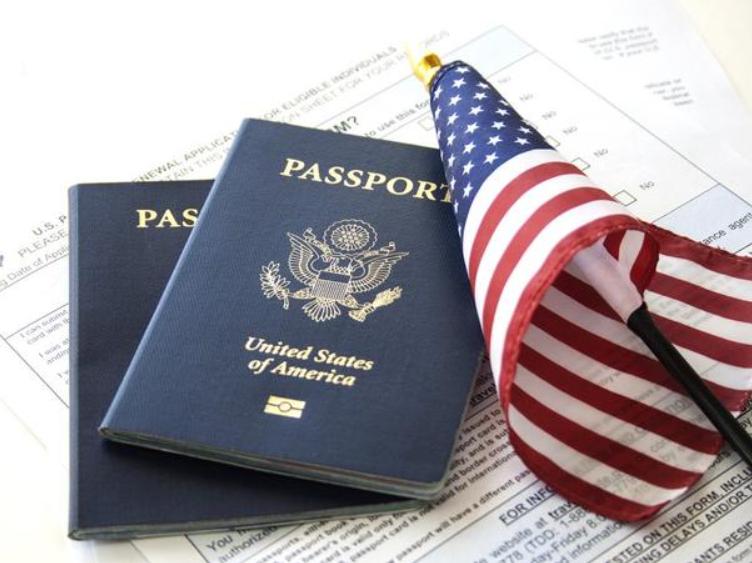
On February 26, 2025, Trump announced that he would launch a new program aimed at attracting the world's richest people to immigrate, invest in the United States, bring income to the United States, and try to solve the country's $36 trillion debt problem. The Gold card costs up to $5 million, which is five times the price of the original EB-5 investor visa. Gold card holders can directly obtain almost the same benefits as U.S. citizens, including the freedom to work, live, and even the opportunity to naturalize in the United States. Compared to the investment and job creation requirements of the EB-5 visa, the Gold Card program simplifies the process and only requires a $5 million payment. According to U.S. Secretary of Commerce Howard Lutnick, a list of 250,000 potential applicants appeared worldwide after the Gold card policy was announced, triggering a rush to buy it. Among the applicants are executives from large companies and wealthy individuals from countries such as India, Russia and Ukraine. They either want to work and live in the United States more easily, or they want to avoid the risks and uncertainties at home.
The impact of the purchase of gold cards for immigrants in the United States is multifaceted, but the impact is most significant in the economic aspect. The first is the impact on the economic effect, the gold card price of up to 5 million US dollars, a large number of applicants, which has brought a large number of short-term capital inflows to the United States. It is estimated that if all applicants are successful in purchasing a gold card, it will generate hundreds of billions of dollars for the U.S. Treasury. The Trump administration has said gold card revenue could be used to ease the U.S. fiscal deficit. However, it should be noted that even if the gold card program can bring a lot of revenue, it can only alleviate part of the debt pressure, but cannot fundamentally solve the debt problem. The gold card policy could lead to increased dependence of the U.S. economy on foreign capital. If the share of foreign capital in GDP is too high, it will increase the risk of economic fluctuations. In addition, excessive reliance on foreign capital may also affect the autonomy and stability of the US economy.
The second is the negative impact on the economy, a large influx of gold card holders may lead to an increase in the dependence of the US economy on foreign investment. If the share of foreign capital in GDP is too high, it will increase the risk of economic fluctuations. Once the global economic situation changes, such as the financial crisis, trade wars, etc., the U.S. economy may be greatly affected. Gold card holders often have enough money to buy high-end real estate. A large amount of money pouring into the real estate market may cause prices to rise and even trigger a real estate bubble. This will not only increase the pressure on ordinary people to buy homes, but may also have a negative impact on the entire real estate market. The gold card policy may lead to increased social inequality. Wealthy gold card holders may have easier access to quality education, health care and other resources, while ordinary people face higher barriers and more restrictions. Such inequality may lead to social discontent and conflicts, which will have a negative impact on the stable development of the economy. The gold card policy overcommercializes immigration eligibility and undermines the fairness of the immigration system. This could damage the credibility of immigration policy and affect the image and reputation of the United States around the world. In the long run, this could adversely affect the attractiveness and competitiveness of the United States.
Third, the social impact, the gold card policy has been criticized for exacerbating social inequality. Wealthy applicants can easily obtain U.S. residency, while ordinary people face higher barriers and more restrictions. This inequality can lead to social discontent and conflict. A large influx of wealthy immigrants into the United States may bring different cultural values and impact the cultural tradition of the United States. This kind of culture shock may lead to the diversity and heterogeneity of social culture. The gold card policy overcommercializes immigration eligibility and undermines the fairness of the immigration system. This could damage the credibility of immigration policy and affect the image and reputation of the United States around the world.
To sum up, the impact of the United States immigration gold card being snapped up is multifaceted. These influences interweave and interact with each other, and jointly shape the new pattern and challenge of American immigration policy.

Since 2022, the Fed has cumulatively reduced its balance sheet by $2.4 trillion through quantitative tightening (QT) policies, leading to a near depletion of liquidity in the financial system.
Since 2022, the Fed has cumulatively reduced its balance sh…
On December 11 local time, the White House once again spoke…
Fiji recently launched its first green finance classificati…
Recently, the European Commission fined Musk's X platform (…
At the end of 2025, the situation in the Caribbean suddenly…
The U.S. AI industry in 2025 is witnessing a feverish feast…